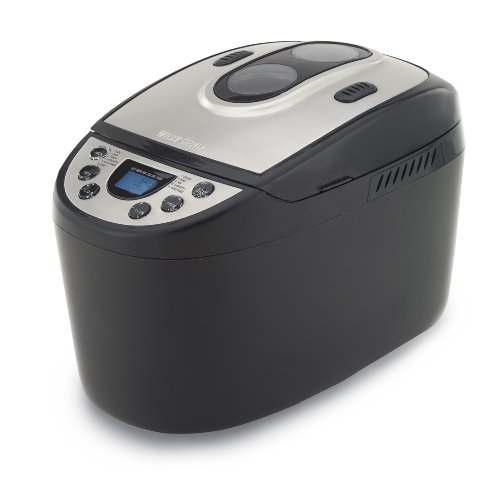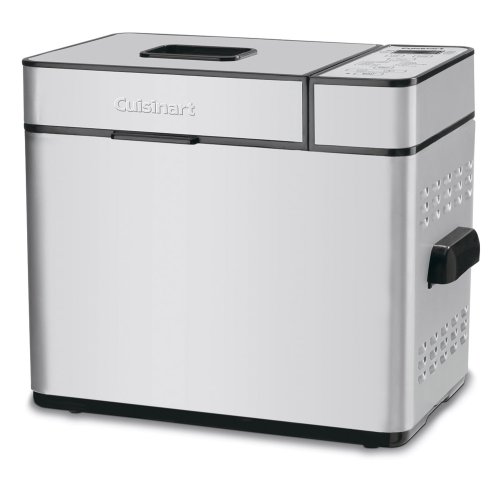Mobile homes are usually mounted on grade-level wooden or concrete blocks, with the trailer wheels removed. They are typically skirted with vinyl or aluminum siding, or painted plywood sheathing. Mobile homes are sometimes installed on concrete block foundations, and it can be difficult to determine whether the foundations are mounted below the frost level, because the crawl spaces are normally back-filled to grade level. We've seen the odd mobile installed on a full-depth, finished basement. From an occupancy point point of view, there is essentially little to separate such installations from many other manufactured homes.
Mortgage lenders and insurance companies generally request storm tie-downs for mobiles homes in most areas, unless they are bolted to foundations at least 5 feet deep.
Experienced home inspectors ask the same fee for mobile home inspections as for traditional homes. Although mobiles tend to be smaller than the average house, they do take as much, and sometimes more time to inspect. The same is true for most cottages. We frequently hear "It's only a small cottage", or "It's only a mobile, why should it cost as much as a house?"
We do a number of mobile home inspections every year, however they account for less than 2% of our total volume. The following are some of the points that we pay particular attention to, some of which are specific to cold-weather climates. There are certainly more items than listed here, to check for - but these are some of the more critical items that come to mind, which are specific to mobile homes.
1. Check crawl space venting, and look for evidence of mildew, rot, rust etc. under the unit - especially exposed, retrofitted plumbing, electrical and duct work.
2. Are the supply and waste piping adequately insulated, and/or heated for winter conditions?
3. Is there adequate combustion air for a standard gas or oil furnace? Most of the furnaces we observe are standard gas or oil, forced-air, down-flow style. The make-up (combustion) air source is usually from under the trailer, excepting newer installations of direct-vent furnaces.
Is there adequate ductwork? In some mobile mobile homehomes the original configuration provided for supply and return air only at the furnace closet door. Much of the retrofit ducting is flex-duct, and may be damaged or deteriorated under the unit. Everything under the unit is also susceptible to rodents.
* Speaking of rodents, don't be too quick to stick your head into dark spaces - you could meet any number of cats, rats, coons and other critters - they can be vicious when they're cornered!
4. In cold-weather regions, uninsulated oil tanks (outdoors) are subject to condensation and rust, especially at their bottoms.
5. Depending on the soils under the trailer, the unit may heave and shift under heavy frost conditions, unless the pilings are mounted below frost level.
6. Many units are insulated with Urea Formaldehyde Foam Insulation (UFFI). This might, or might not be a consideration - depending upon history and attitudes in your local area. Polyurethane foam and other insulations are sometimes mistakenly identified as UFFI.
7. Mobiles are generally quite air-tight and (in cold-weather regions) retained moisture will cause excessive condensation on windows, especially metal-framed and/or single-pane units. Many mobile home in colder areas are re-fitted with wooden or vinyl, double-pane windows.
8. Older mobiles had 50 or 60 amp electric capacity, and newer models most often have 100 amps. However, depending on the mobile home park, they may be connected to a pole-mounted shut-off, of less than 100 amps.
9. In many mobile home parks, water and sewage are private or communal - not municipal. It is important to know how your sewage is managed, who is responsible and who pays for maintenance and repairs to private or communal systems.
10. Beware of owner-installed porches and additions. These demand diligent inspection. There is frequently wood-earth contact, and poor ventilation underneath - and frequently unorthodox framing methods. The porch roof-to-wall flashings are frequently substandard and problematic.
In our search for standards information...
* Building Code Officials inspect only 'built-on-site' structures.
* The mobile home sales and service outlets suggested we contact the manufacturers for standards information.
* One manufacturer directed us to CSA (equivalent to UL... they test everything from bread makers to woodstoves.)
* CSA directed us to the Building Code Officials for post-installation concerns... it appears that mobile homes, at this time in our local area, are in an administrative "grey" area.
More notes regarding the installation of mobile homes...
* In regions not considered "high-wind" zones, over-the-top tie-downs have not historically been used for single-wide manufactured homes.
* Piers or pilings comprised concrete and/or wooden blocks, placed on-grade at intervals beneath the trailer frame, have historically been accepted as the norm in most parts of Canada.
* Tie-downs consisting of spun steel cable, wrapped around the trailer frame and fastened to driven or screw anchors are typical in most locales, although not necessarily consistent among all manufactured homes.
* The mounting and tie-down methods typically employed may, or may not comply with the manufacturer's recommendations.
* Although mention is often made of manufacturer's installation manuals, these documents are rarely, if ever available.
* See also: CBD-188. Wind Forces on Mobile Homes by National Research Council Canada, 1977
Notes on Moving Mobile Homes...
* Under some circumstances (leased land, for example) a lender or insurer may want some assurance that a mobile home is still transportable.
* Older mobile homes may or may not be transportable, depending upon whether moving service personnel are able to mount axle assemblies, and whether the unit is roadworthy.
* The actual process of moving a mobile home as a vehicle is a point of interest which a home inspector cannot address or confirm, and involves considerations which only the selected mover could evaluate. It is however reasonable to believe that if axles could not be installed for any reason, or if the unit is found to be not roadworthy as a vehicle in its original configuration, it could possibly be moved by other means, much the same as any small house.
* We recommend that estimates be obtained from reputable mobile home or house movers regarding any costs, or possible impediments to moving a mobile home. Evaluation of this type of activity is outside the scope of a normal home inspection.
The Bottom Line:
Properly installed and maintained, mobile homes can provide very comfortable housing. They are relatively low-maintenance dwellings, and are considerably less expensive than traditional homes of similar floor area.
Improperly installed and poorly maintained, mobile homes can be uncomfortable, difficult to repair and often unsafe to live in.
Visit www.mobilehomerepair.com for more consumer info about manufactured homes.




